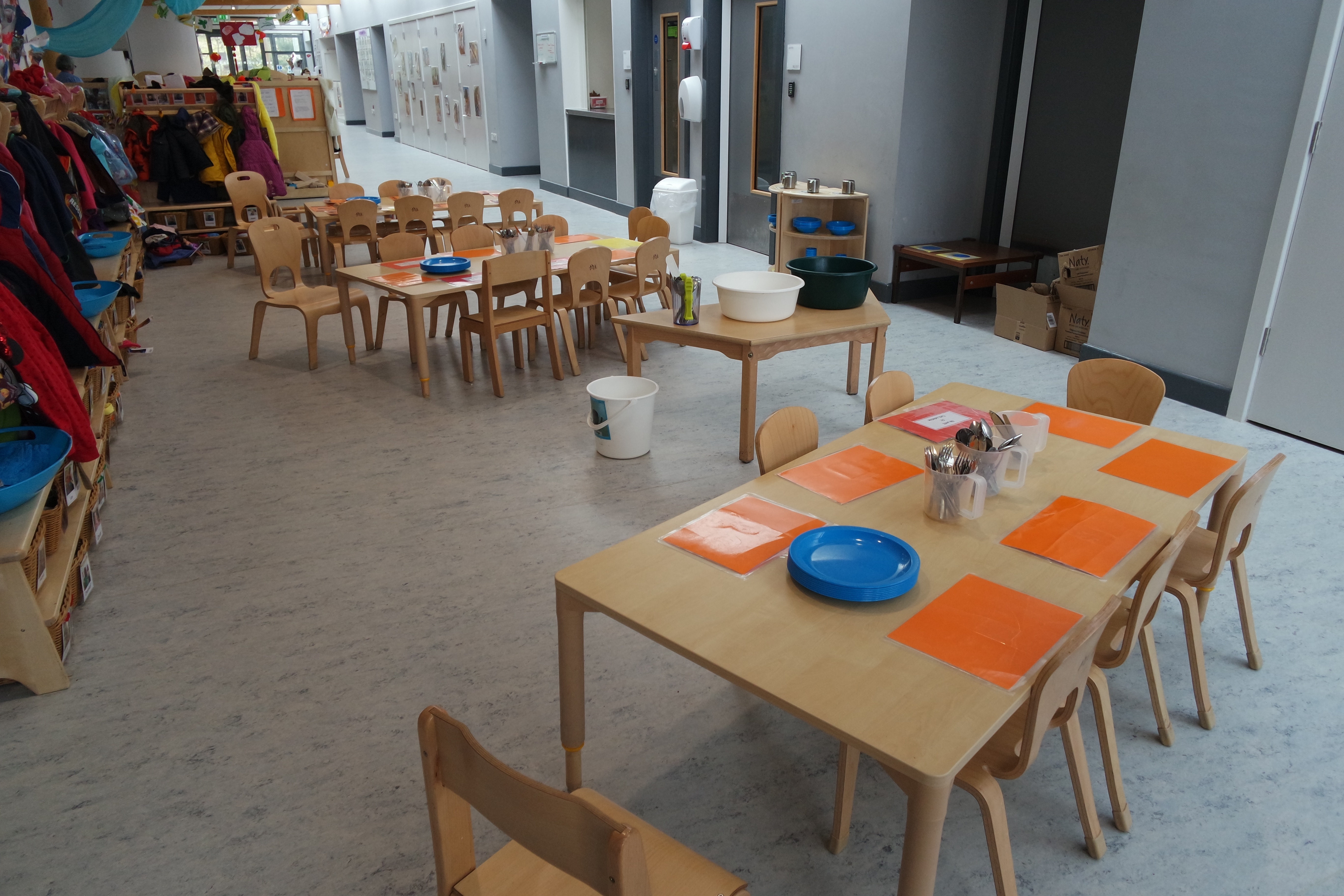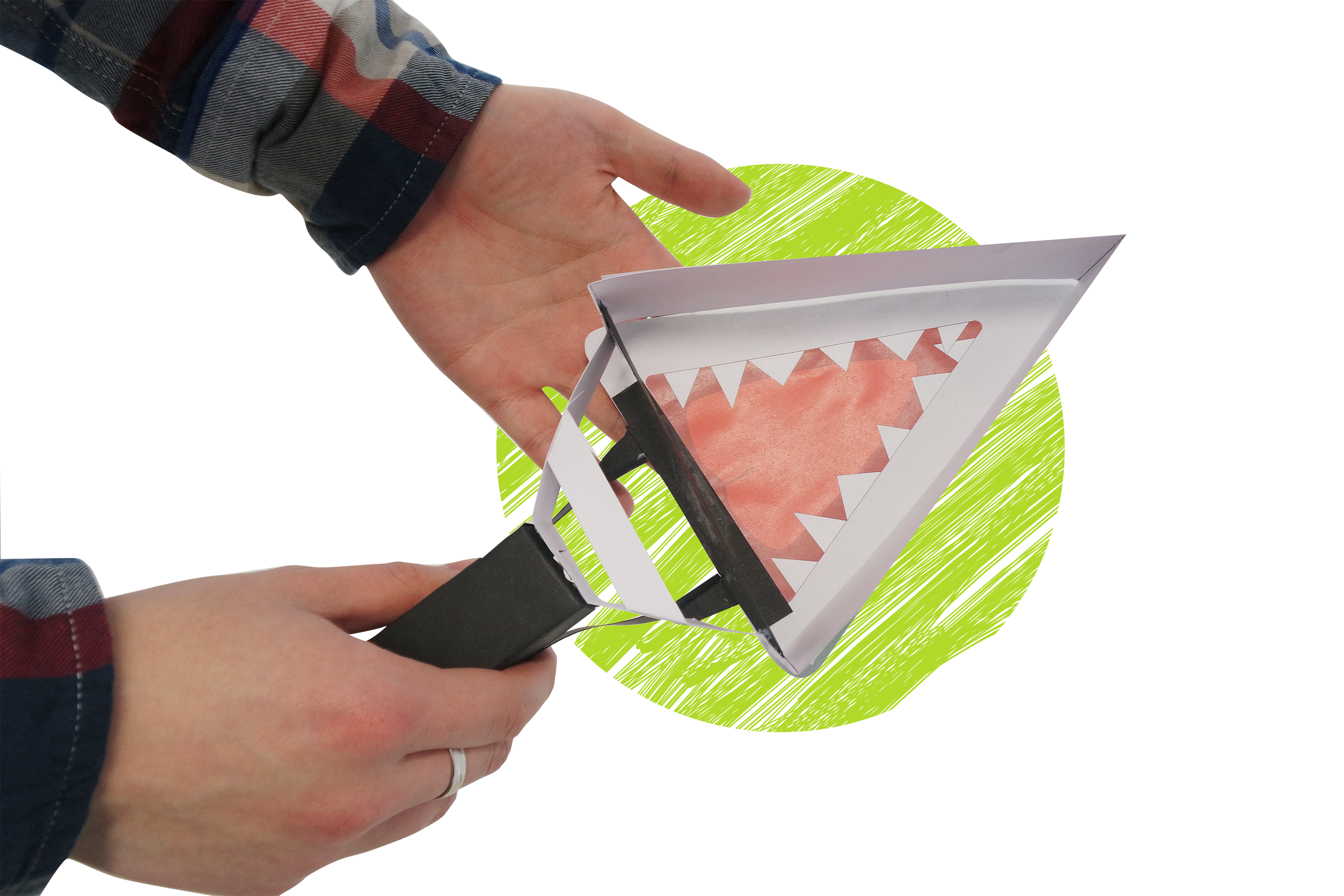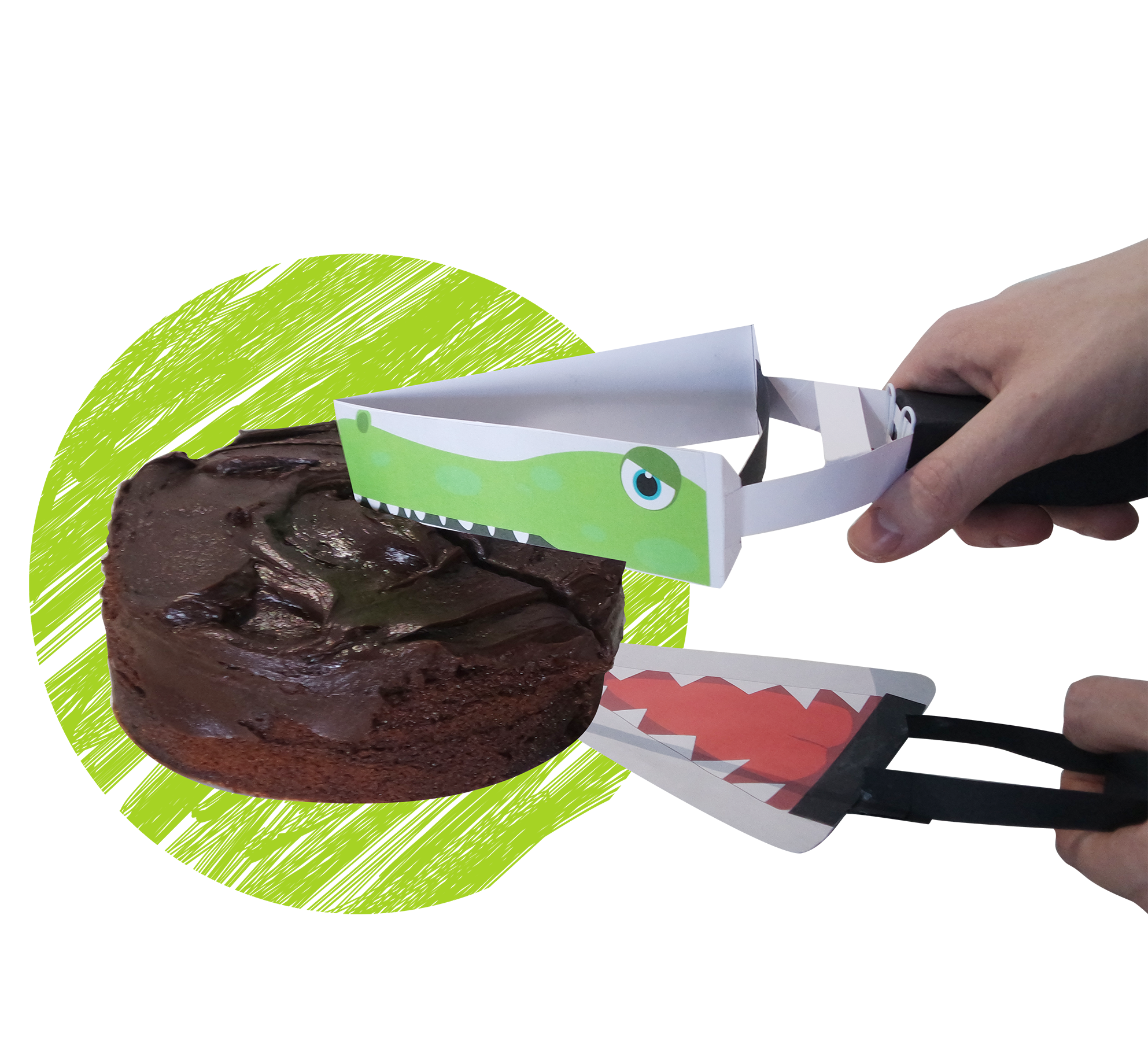
A Kitchenware Design — Lakeland
2015
Food trends have grown in recent years, including the cookware and bakeware. Many brands are competing in offering variety of values among their products. Designing innovative product and service in cooking might challenge design practitioners. This collaboration project with Lakeland covered three aspects, which are the reflective practice, innovation and enterprise and inter cultural communication. As the one of the “front runner” in kitchenware industry in UK.
This project was real and completed by the writer (me) and colleagues during her master study in UK.
This project was real and completed by the writer (me) and colleagues during her master study in UK.
 Our “messy” mind map
Our “messy” mind map
Me and The Team

Goes to The Nursery-Day Care
Reflective Practice
Applying reflective practice during design project might be essentially needed, which could help the designer or practitioner in defining the problem and solution space, planning the entire process well and also achieving the project goals. As it is done repeatedly we could assume or predict creatively the possible way to be taken for the further step action. In the beginning of the project, designers would have a brief and begin to do research, develop the ideas and deliver the output product to client. By using the recording template (adopted from existing reflective models), we tend to apply the theory into the project. However, during the project they could do the loop process. Reflection stage, which needs to be done in every stage, might be influential before moving to the next step.
Innovation and Enterprise
Design and business might work together to give the best solution by creating a good strategy. In this project, we realised a good and sustainable business should be done by applying design strategy, marketing research, brand and innovation collaboratively and combining the advantage design rights to the project.
In terms of creating value proposition, we found baking trends and the benefit learning through cooking for children as an opportunity. We did brainstorming to decide which area we should focus on, which led us to the big idea “the joy of sharing”. I assume that our concept or idea was an innovation that covers not only have functional value, but also enhance sensory and have socio-culture value, by adding story and experience value.
In terms of creating value proposition, we found baking trends and the benefit learning through cooking for children as an opportunity. We did brainstorming to decide which area we should focus on, which led us to the big idea “the joy of sharing”. I assume that our concept or idea was an innovation that covers not only have functional value, but also enhance sensory and have socio-culture value, by adding story and experience value.
Intercultural Communication
Communication could be the most important thing in building connection that combined socially. It could involve not only among the members, but also between the researchers and the participants during the research or project. According to Gassmann (2001), he assumes that working in multicultural team should increase creativity and innovation. This statement motivates us to do observations or experiments in ethnographic research, which is included in qualitative research. This project inspires us to study human behavior and habits.
One of reasons designer might choose observation in supporting the project, it might be easier to plan and carry out. However, it could not be mathematically calculated. Designer and researcher might need great capability in analysing the data. A study of intercultural communication that leads to ethnographic research could help the designer and practioner in understanding the cultural behavioral and how to interact with target consumer.
One of reasons designer might choose observation in supporting the project, it might be easier to plan and carry out. However, it could not be mathematically calculated. Designer and researcher might need great capability in analysing the data. A study of intercultural communication that leads to ethnographic research could help the designer and practioner in understanding the cultural behavioral and how to interact with target consumer.
The Design Process

The Chompy Chomp

As an output for this project, each team should come up with kitchenware ideas. After the long process, me and my team decided to focus on how English Parents spending their bonding time with their children in the kitchen.
We have found the product value by connecting baking trends with the benefit of cooking with kids. In terms of observing the kitchen and cooking environment in Day Care or Nursery, we expected to find out the tools or features that children use normally. We chose doing experiment in Nursery to get a primary data from people who work with children. We also could analyse the suitable appearance (color, shape and texture), mechanism, and children behavior; which supported our idea in designing new cookware or bakeware for Lakeland.
Voila! Here comes our prototype for this project.
![]()
![]()
![]()
![]()
![]()
“Chompy chomp” could stimulate children to use their own hand to slice the cake. The material and mechanism were considered and designed for children-friendly. Not only teaching children in controlling the portion, it also introduce them to the “joy of sharing” concept.
We have found the product value by connecting baking trends with the benefit of cooking with kids. In terms of observing the kitchen and cooking environment in Day Care or Nursery, we expected to find out the tools or features that children use normally. We chose doing experiment in Nursery to get a primary data from people who work with children. We also could analyse the suitable appearance (color, shape and texture), mechanism, and children behavior; which supported our idea in designing new cookware or bakeware for Lakeland.
Voila! Here comes our prototype for this project.





“Chompy chomp” could stimulate children to use their own hand to slice the cake. The material and mechanism were considered and designed for children-friendly. Not only teaching children in controlling the portion, it also introduce them to the “joy of sharing” concept.
